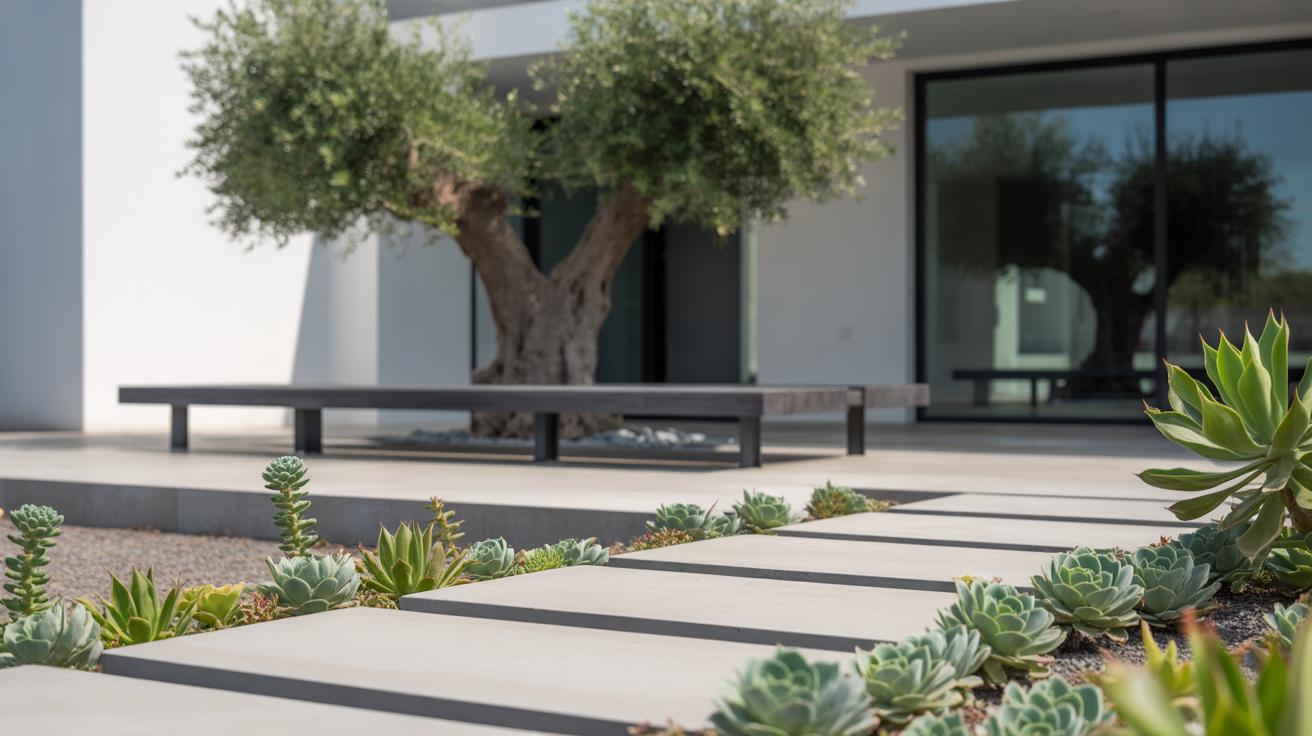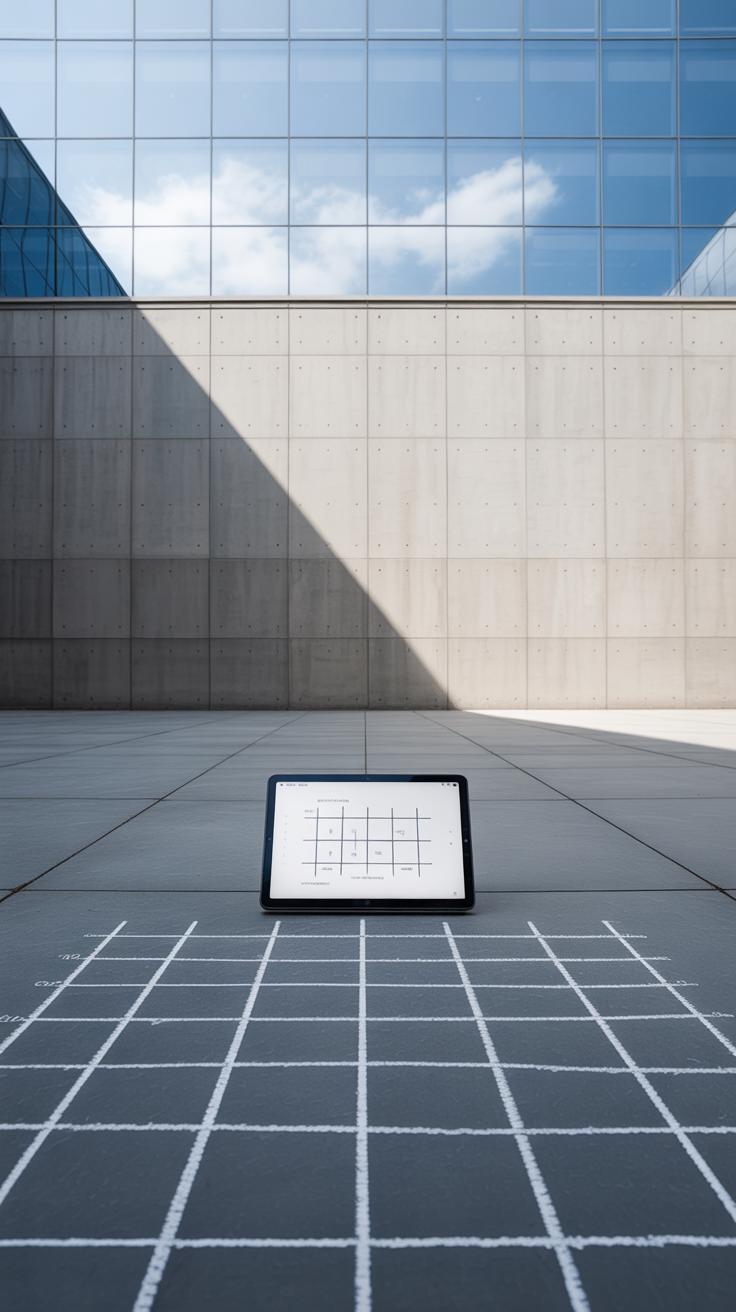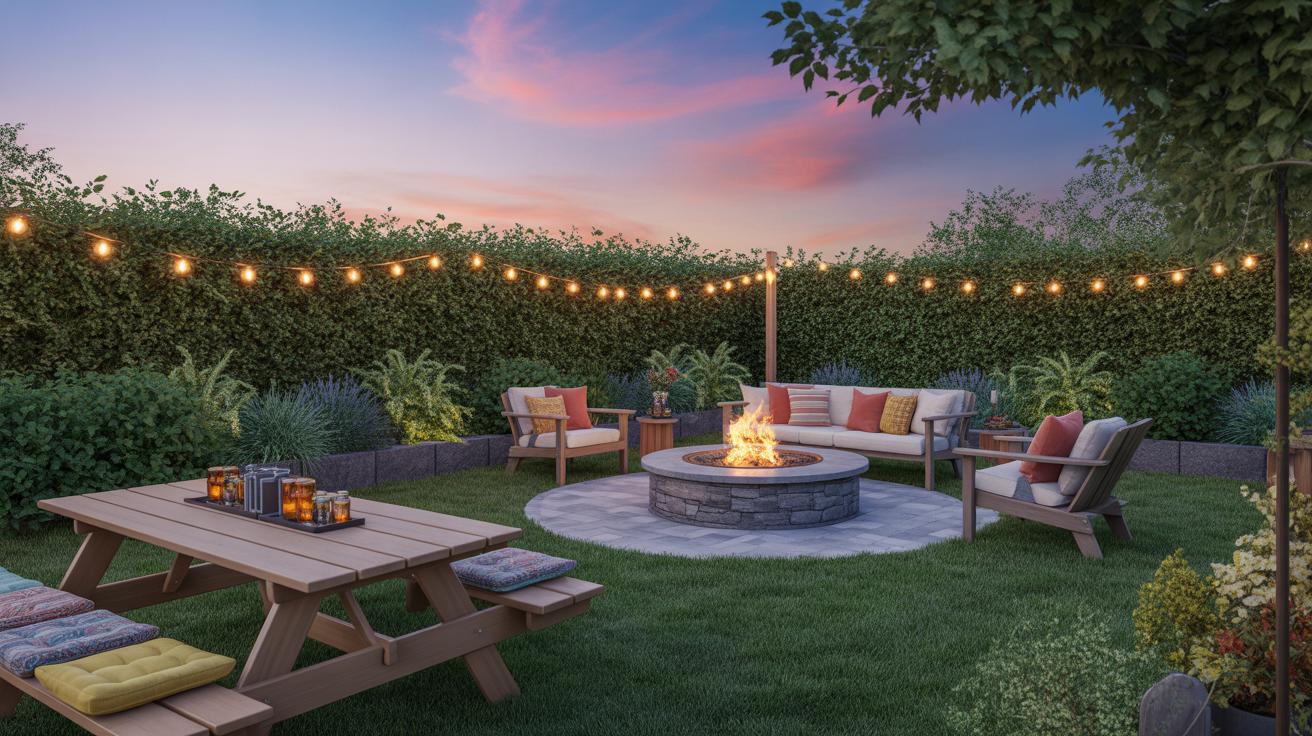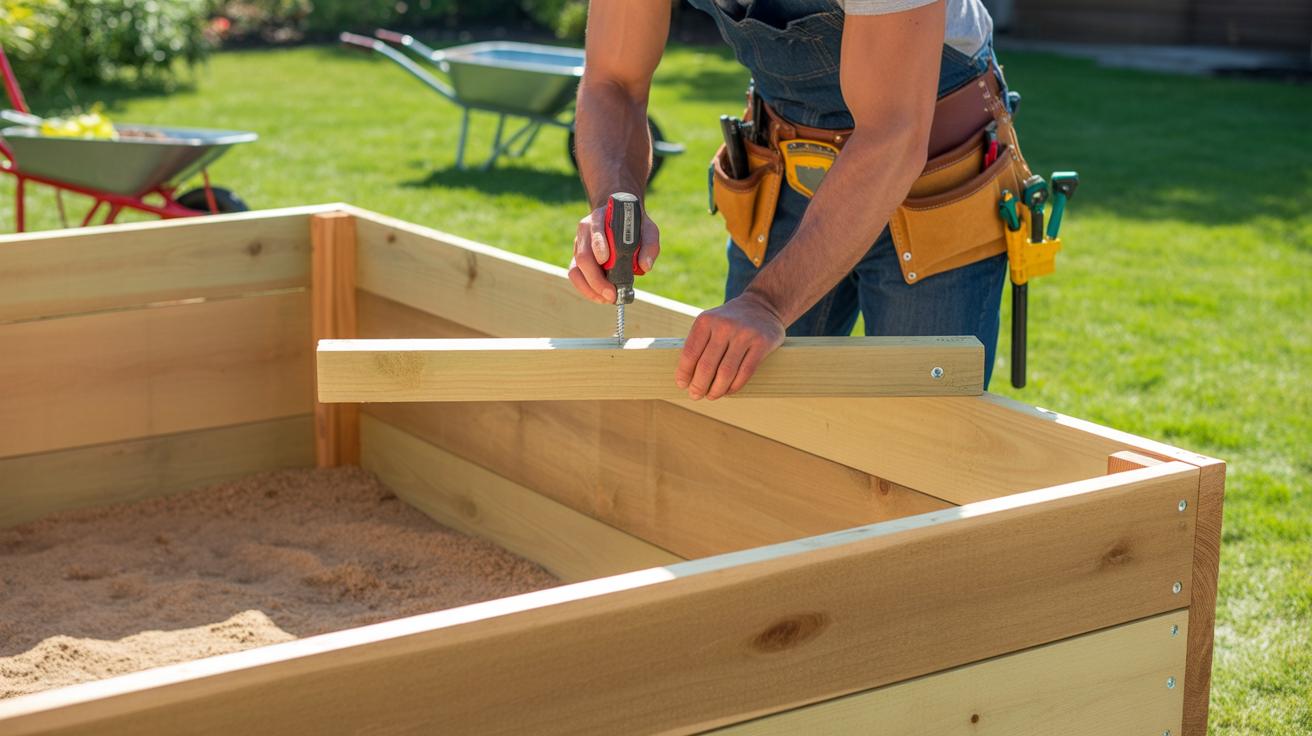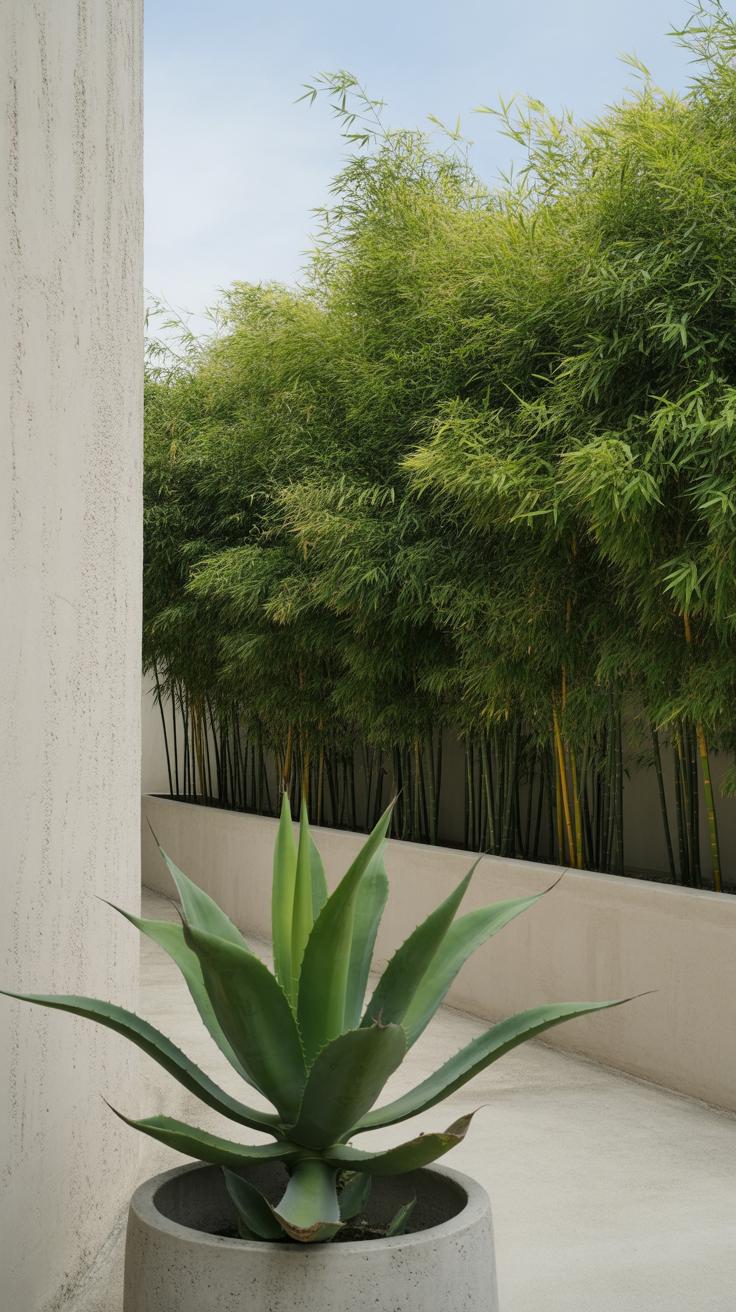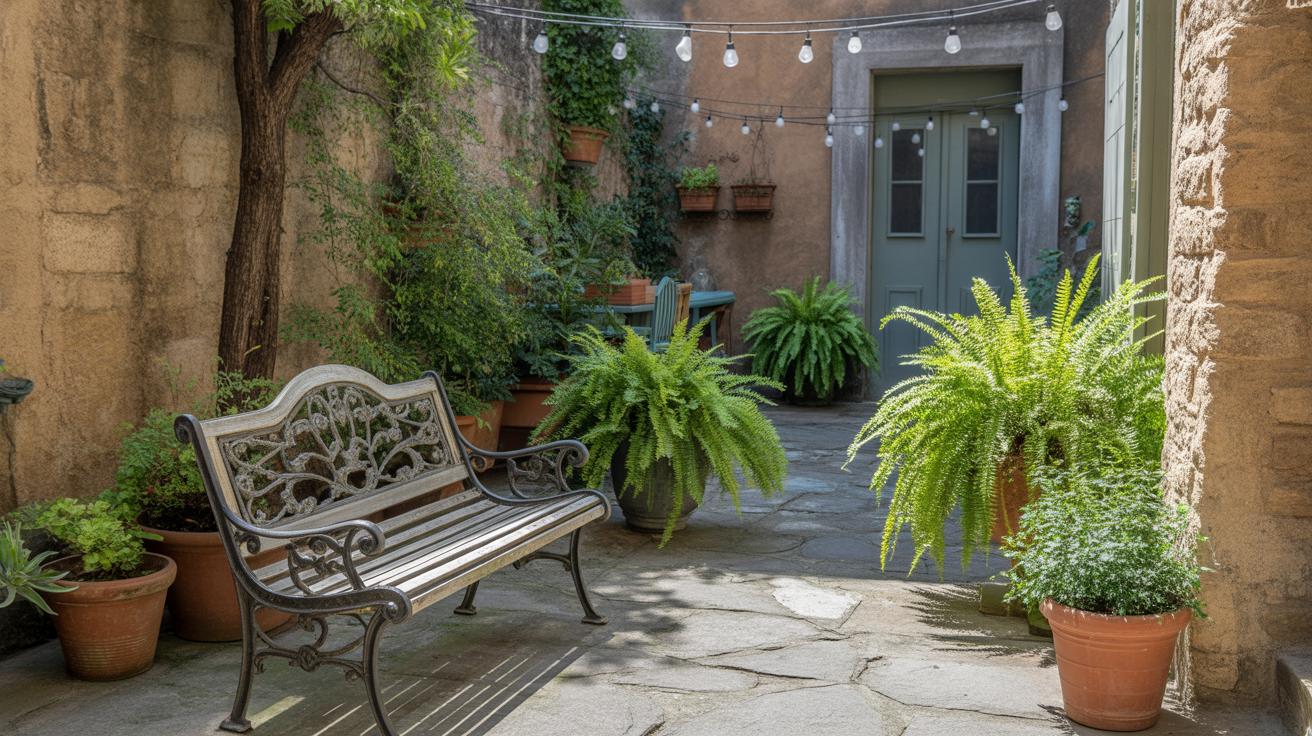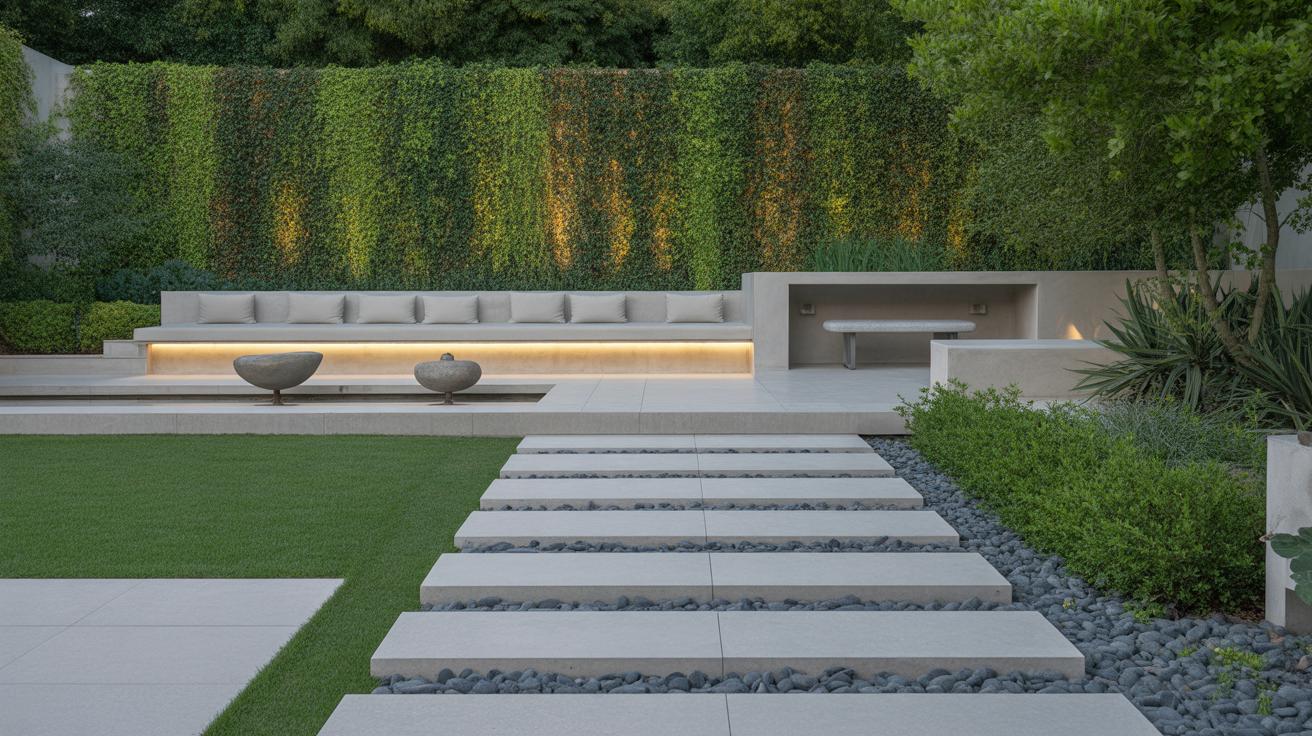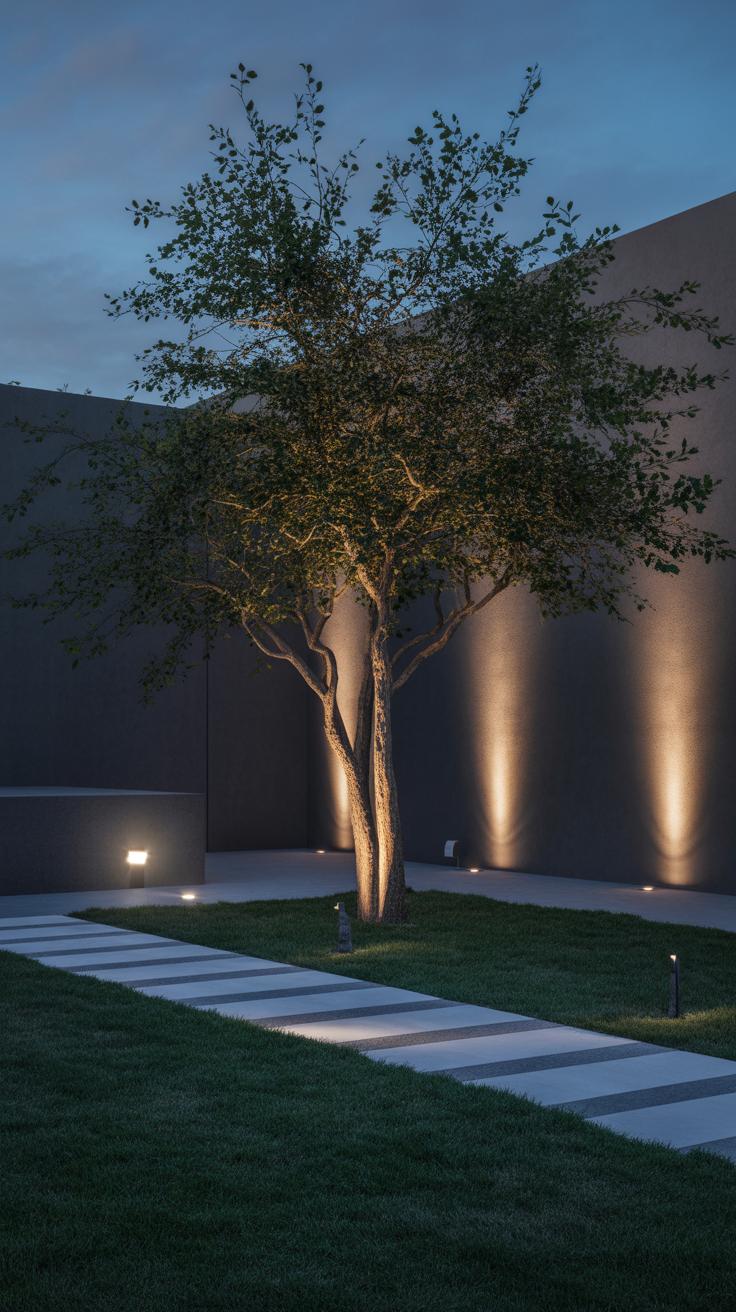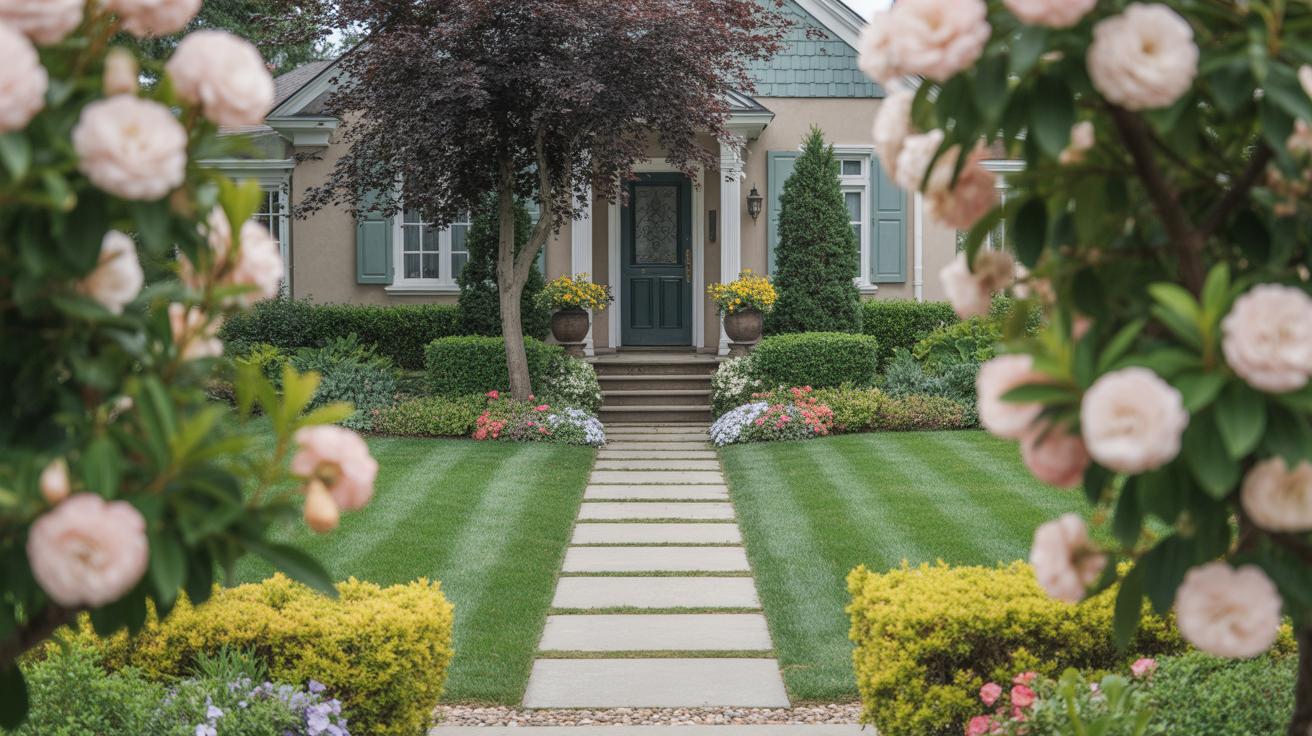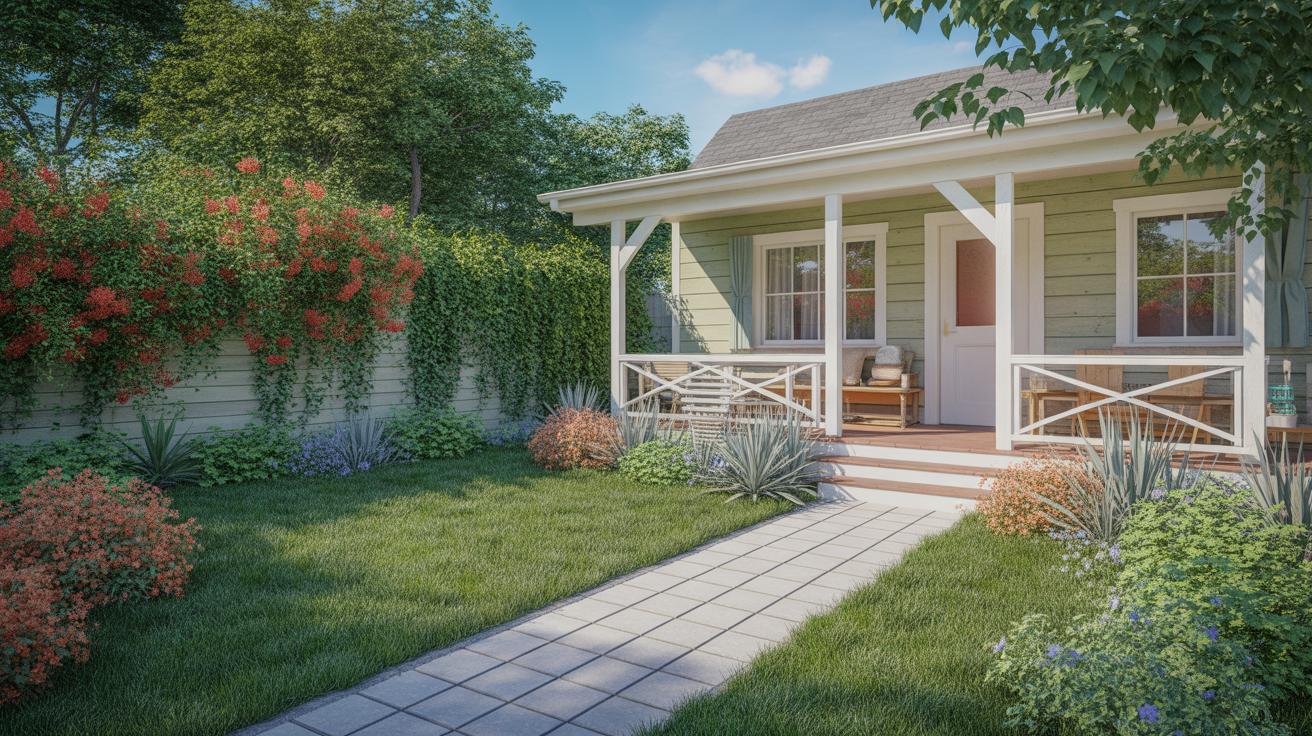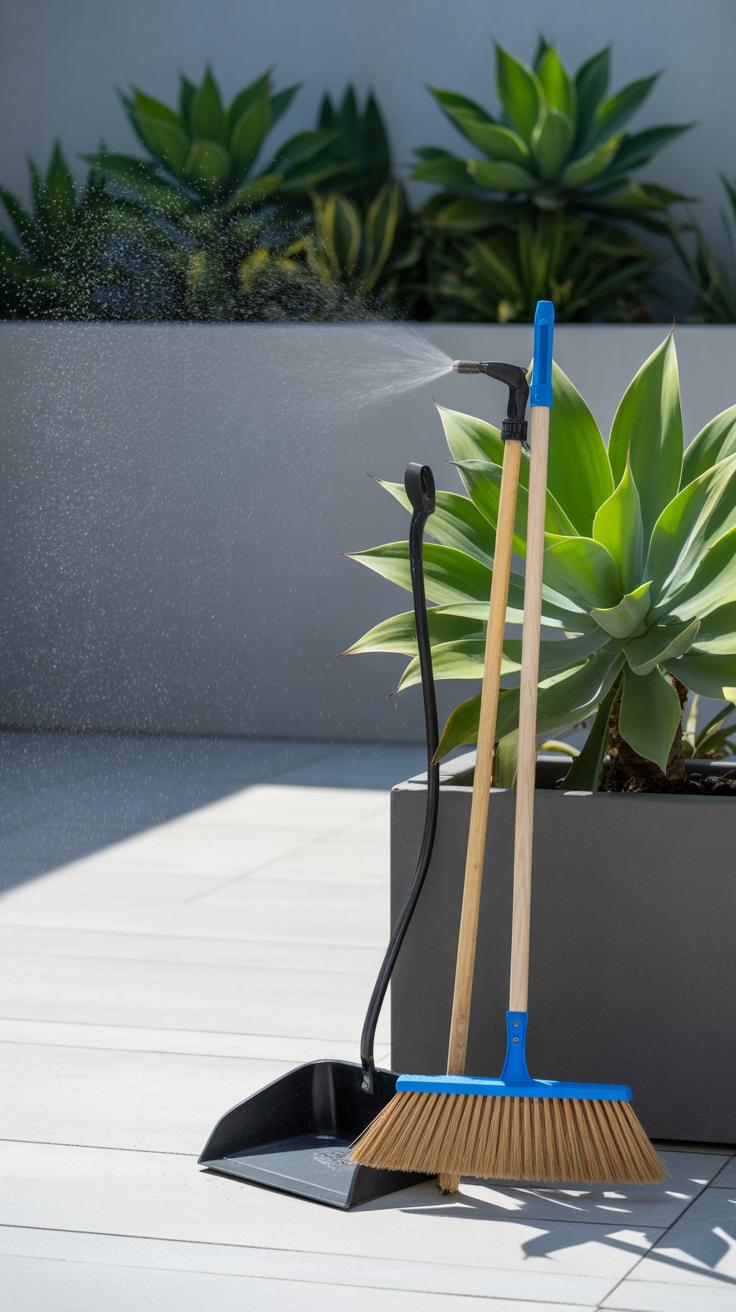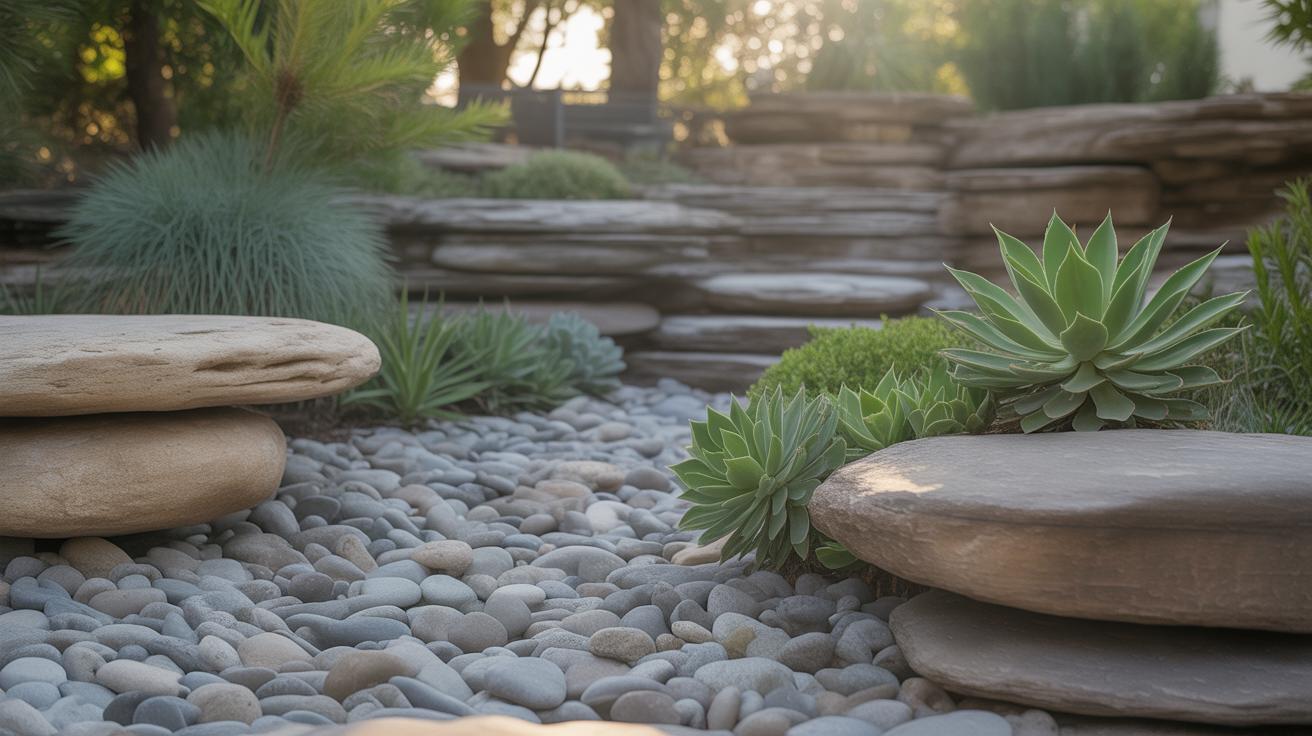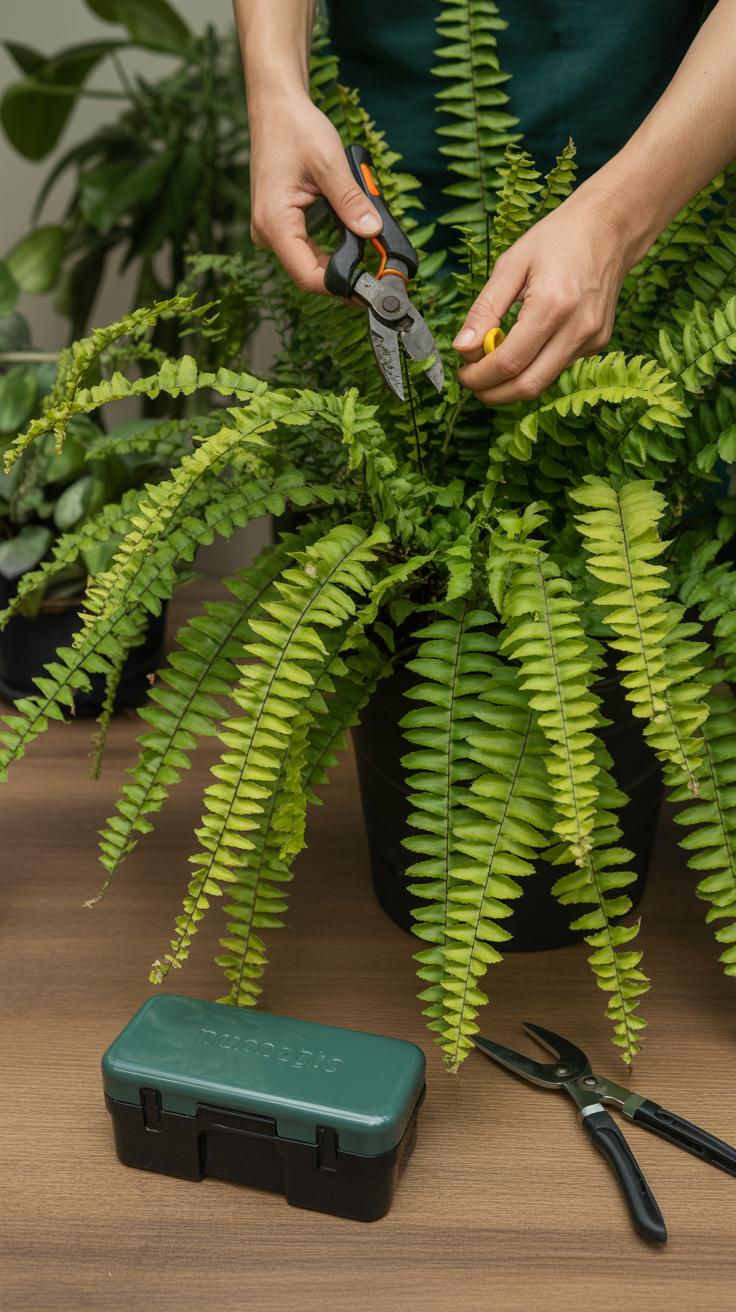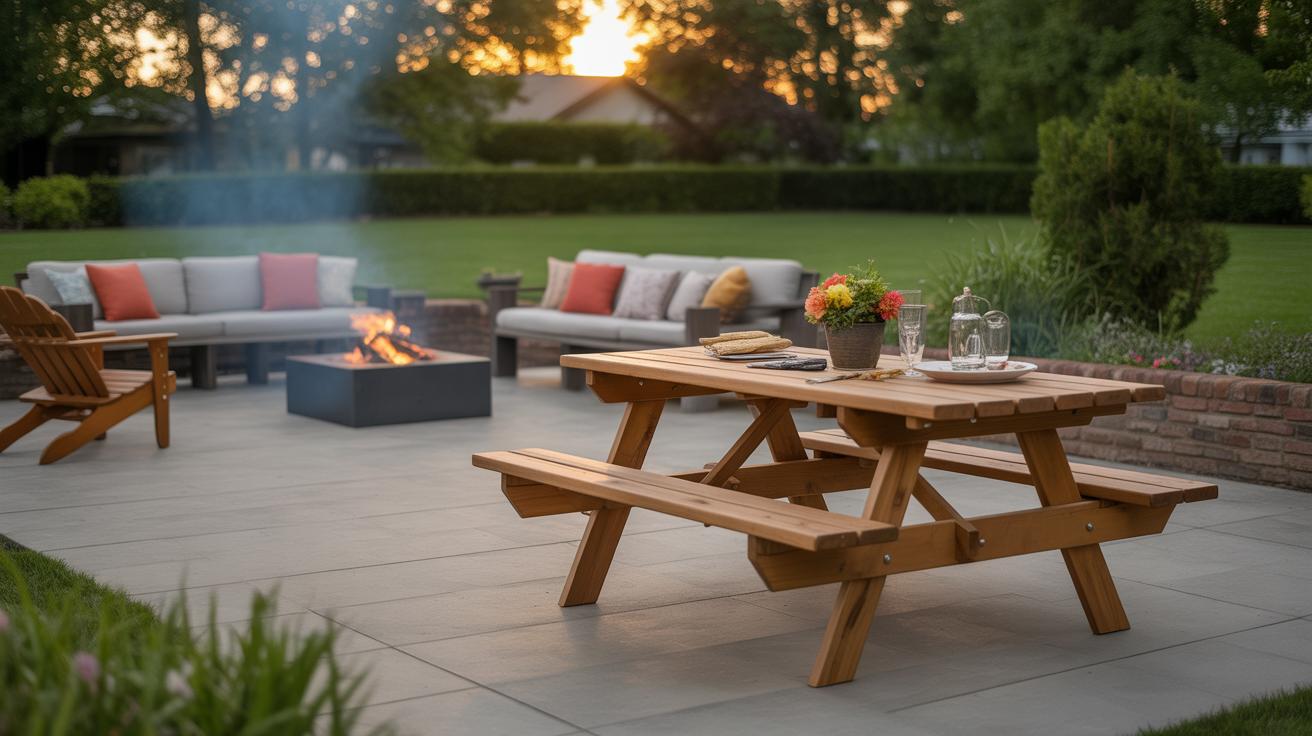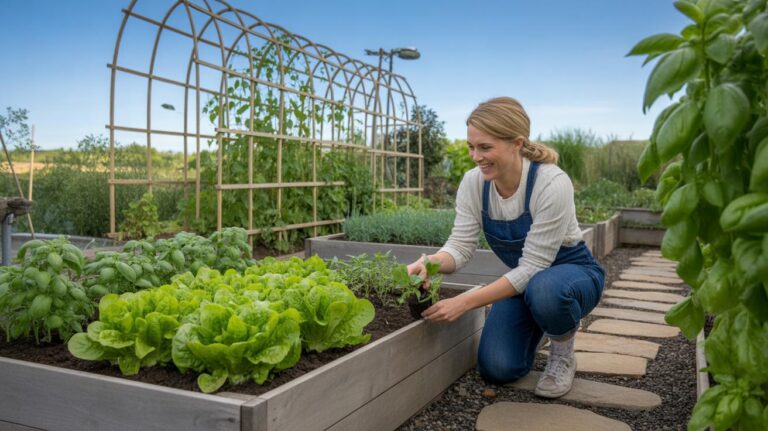Introduction
Modern courtyard gardens offer a peaceful space to enjoy nature without leaving your home. For minimalist homes, these gardens focus on simplicity and clean lines, creating a calm atmosphere right at your doorstep. This article explores how you can design a courtyard garden that fits perfectly with minimalist architecture.
You will learn about key design ideas, what plants suit these spaces, and how to select materials that keep the look neat and natural. By following these tips, you can turn your courtyard into a beautiful and easy-to-maintain garden that feels like a private retreat.
Planning Your Courtyard Garden Layout
When you start mapping out your courtyard garden, the first thing to consider is its size and shape. Unlike sprawling yards, courtyards naturally sit within tight boundaries, so every inch counts. You might think a square or rectangular form is easiest, but sometimes odd angles or L-shapes can actually create more interesting spaces. It really depends on the footprint of your home and how you want to move through the area.
Flow is another key element. You want a design that encourages movement without feeling cluttered or cramped. Think about sightlines from inside the house to different parts of the garden—can you see a seating area or a small water feature from the kitchen window? Those glimpses can make the space feel bigger and more inviting. Paths don’t have to be formal; a simple stepping stone pattern or a narrow walkway can guide you comfortably.
Using vertical space may help when floor area is limited. A wall trellis, hanging plants, or slim planters can bring greenery higher up without taking much ground room. This creates layers of texture and interest without crowding. And this layering often feels more natural—plants at different heights mimic what you see in the outdoors.
Don’t overlook hardscape elements like smooth concrete slabs, gravel patches, or wooden decking. These provide clean surfaces for walking and sitting, breaking up the green and adding sleekness that suits minimalist aesthetics. They also help define zones—a place for relaxation, a spot for a small herb garden, or just open space for light.
Lastly, ask yourself how strong you want the connection between indoors and outdoors to be. Should the courtyard feel like an extension of your living room, or more like a secret retreat? The answer will guide decisions on furniture, plant choice, and access points like sliding glass doors or simple gates. Planning this carefully can make the difference between a courtyard that feels like an afterthought and one that truly enhances your minimalist home.
Courtyard Garden Layout
When planning the layout of your courtyard garden, the size and shape of the space really set the tone. Smaller courtyards, which are common in minimalist homes, ask for thoughtful arrangements that don’t overwhelm. Square or rectangular spaces often provide the cleanest canvas. But irregular shapes can add a subtle character—if you’re willing to embrace the quirks rather than fight them.
Flow is another piece to puzzle out. You want paths and seating areas that feel natural, inviting movement instead of blocking it. A narrow courtyard might only fit a simple bench and a stepping stone path, while a larger one could allow for multiple zones—a quiet corner for reading, perhaps, and a spot to gather. Balancing these without cluttering your space feels tricky, but pinpointing your priorities first helps.
Looking at light is crucial before you plan anything permanent. Sun comes at different angles during the day and across seasons. Try observing your courtyard at morning, noon, and late afternoon to note where shadows fall and where light lingers. This helps you place plants and seating where they’ll thrive or stay comfortable. Don’t forget that some spots might be cooler or warmer than others, influencing what works well there.
When designing for both style and function, keep a minimalist mindset—not just with furniture, but with pathways and plant placement. Here’s what I find useful to consider:
- Choose simple, clean-lined furniture that complements the minimal look.
- Paths should be straightforward, using materials that blend with the home’s exterior.
- Keep seating close to greenery but avoid crowding—open space matters.
- Try to keep the area uncluttered; fewer, better-chosen elements often feel more inviting.
It’s tempting to fill every corner, but leaving some breathing room ensures your courtyard remains peaceful and easy to maintain. As you map out your design, imagine how it will feel to move through the space daily—not just how it looks from above. That subtle difference can shift your entire approach.
Selecting Plants for a Minimalist Courtyard
Choosing plants for a minimalist courtyard means leaning towards simplicity, but that doesn’t have to mean boring. Plants with clean, simple shapes blend better in these spaces—they don’t overwhelm or clutter. Think of succulents with their sculptural forms, bamboo with its tall, slender stalks, or boxwoods trimmed into neat, geometric shapes. These plants create quiet order, matching the calm, pared-down vibe minimalist design is known for.
Beyond shape, consider how color and texture can work quietly but effectively. Using a limited color palette—mostly greens with subtle variations—helps keep the space calm. Yet, mixing textures can add a layer of visual interest. For instance, rough bamboo leaves contrast well with the smooth surfaces of succulents or glossy boxwood leaves. This interplay between texture and color creates depth without fuss.
Also, plants that don’t demand much fuss make sense here. You want something low maintenance so the simplicity stays intact, not gets lost in ongoing tasks. Could these choices feel a bit restrictive? Maybe, but that constraint often pushes creativity. Ever tried setting limits and finding new ways to make a small, serene garden feel alive? It’s a bit of an experiment worth trying.
Picking Materials for Paths and Walls
Choosing the right materials for paths, walls, and floors in a minimalist courtyard isn’t just about looks. It’s about finding something that feels natural and stands up to time without demanding too much fuss. Natural stone, wood, and concrete tend to work best here, probably because they offer a quiet kind of strength.
Natural stone, like granite or slate, adds texture without overwhelming the space. It feels solid underfoot and can weather beautifully, aging into the design. Wood, especially when left untreated or lightly finished, brings warmth and a tactile softness. It might not last forever, but that imperfection often fits well with minimalism’s subtle nuances. Concrete’s clean lines and simplicity allow for versatility—smooth or slightly rough, and it almost disappears visually, making the courtyard feel open.
These materials share a neutral tone palette that doesn’t compete with your plants or furniture. They also create comfortable areas. For example, a smooth stone path invites barefoot walking, while a wooden deck section offers a cozy spot to sit. It’s tricky sometimes to avoid spaces feeling too cold or stark; layering simple materials carefully can help—like pairing stone with a wooden bench or concrete with a few natural fiber rugs.
Do you want your courtyard to feel more like an extension of the indoors or a distinct outdoor room? The choice of materials shapes that impression. Think about how each material handles weather, comfort, and visual weight. Sometimes, mixing all three gently can create a quiet rhythm, but you might also prefer sticking with just one for a cleaner statement.
Incorporating Water Features Wisely
Water features can bring a soothing rhythm to a minimalist courtyard, but they must be chosen with care. In small, simple spaces, a loud or complex fountain might overwhelm the calm vibe you’re aiming for. Instead, the trick is to find something subtle that adds gentle movement and sound without calling too much attention to itself.
Think about shallow reflecting pools edged with clean lines or a small bubbling fountain that creates a faint, steady murmur. These options often fit neatly in tight corners or beside seating areas. I once tried a tiny bowl fountain in a compact courtyard—it wasn’t flashy, but the soft splash made the space feel more alive. Sometimes, it’s those quieter touches that matter more.
Simple Water Feature Ideas
For minimalist homes, consider these easy-care water features:
- A narrow, rectangular reflecting pool with a smooth surface—no moving water needed.
- A small wall-mounted fountain with gentle water flow, saving floor space and reducing maintenance.
- A self-contained basin with a low-profile pump that circulates water quietly and steadily.
- A pebble-lined shallow pond, which adds texture and subtle sound without fuss.
These are practical yet elegant, offering water’s calming presence without clutter.
Maintaining Water Features Simply
Keeping water features clean doesn’t have to be a chore. I often skip complex filters and rely on simple upkeep like:
- Regularly removing leaves or debris with a handheld net.
- Changing water every few weeks to avoid stagnation and odors.
- Using small, natural algae control products if needed (but sparingly).
- Ensuring pumps and filters are checked and cleaned monthly to keep water flowing smoothly.
These steps keep your water detail inviting without much effort. Isn’t the idea to enjoy the peacefulness, not add more tasks to your day? Of course, some trial and error might happen, but once dialed in, it’s a low-fuss way to enrich your outdoor space.
Lighting Tips for Courtyard Gardens
Lighting in a courtyard garden can be tricky—you want enough light to make the space usable at night, but not so much that it feels like a spotlight on every corner. For minimalist designs, soft and subtle lighting works best. Think about using gentle LED strips along pathways or tucked beneath planting beds; they create a quiet glow without drawing too much attention.
Lanterns, especially those with clean lines and simple shapes, add character without clutter. You might like how a few well-placed lanterns cast warm pools of light, inviting you to pause and enjoy the space. Recessed ground lights are another option—they keep the floor clear and maintain a streamlined look. It’s almost like the lights disappear until you really need them.
Placement matters more than quantity. Try focusing lights on a single feature, maybe a textured wall or a small plant cluster, rather than spreading light everywhere. Low-intensity bulbs work well here, producing a soothing atmosphere instead of harsh brightness. You want to evoke calm, or maybe a bit of mystery, not a well-lit parking lot. Can lighting really define the mood? I think it can, but it’s easy to get carried away. So, less is often more in these spaces.
Furniture and Decoration Choices
When picking furniture for a minimalist courtyard, simplicity should guide you—but that doesn’t mean boring. Look for pieces with clean lines and subtle shapes. Think about benches, chairs, or tables made from materials like teak, metal, or concrete that can tolerate the outdoor elements without losing their style. I’ve found that something straightforward, like a streamlined bench, can actually become a centerpiece without demanding attention.
Comfort matters too. You might hesitate to add cushions in an outdoor minimalist space, but carefully chosen cushions in neutral tones can invite you to linger. Just don’t go overboard—they should support function, not clutter.
Decorations? Yes, but small doses only. A well-placed ceramic pot or a single sculpture can enhance the space without overwhelming it. I remember walking through a courtyard where a lone, angular planter somehow made the space feel complete. Those little touches create character but keep the overall feel quiet and controlled.
Ask yourself: what really adds value here? Maybe a simple clock or a subtle piece of wall art, but nothing that competes with the simplicity of the plants and furniture. Choose deliberately, or you risk losing the calm minimal vibe you’re working toward.
Maintaining Your Minimalist Courtyard Garden
Routine Care Made Simple
Keeping your minimalist courtyard garden neat isn’t as tricky as it might seem. The key lies in sticking to a few straightforward habits. For instance, regular watering—think of it like a short daily check-in rather than a big chore—prevents plants from drying out without overcomplicating your schedule. I’ve found that early mornings or late afternoons work best for this, helping avoid water evaporation.
Cleaning is another small but essential effort. Sweeping fallen leaves or debris keeps the space inviting and lets the simple design shine through. A quick trim now and then prevents plants from looking wild or unkempt. Don’t aim for perfection; just keeping things from getting unruly. Sometimes, I’ve left a bush a bit overgrown, and strangely, it still felt balanced.
Seasonal Adjustments and Tips
Seasons change, and so should your courtyard care—though not dramatically. For colder months, you might need to protect delicate plants, perhaps using breathable covers rather than cluttering the area with bulky wraps. Keep it minimal by choosing low-maintenance plants that handle seasonal shifts naturally. It saves effort and avoids extra stuff.
Spring or summer often calls for pruning and maybe refreshing soil, but keep it light. Overdoing seasonal work can break the minimal vibe you’ve worked to establish. Sometimes, it helps to pause and just enjoy the space rather than constantly tinkering. Have you tried letting a section just be for a while? I think it brings a quiet charm that meticulous care can’t always replicate.
Common Challenges and Solutions
Dealing with Limited Space
Small courtyards can feel tricky to work with. You want enough room for plants, seating, and clear movement—without it feeling cramped or messy. One approach is to think vertically. Tall, narrow planters or wall-mounted greenery free up floor space yet still bring nature close. Hanging pots or trellises supporting climbing plants do the same.
Another trick is choosing multifunctional pieces, like benches with built-in storage or foldaway chairs. These let you adjust the space to your needs without crowding it.
Placement matters too. Leave clear pathways, even if they’re narrow. This openness tricks the eye into seeing more space. And sometimes, less furniture but higher-quality pieces work better than stuffing the garden with stuff just because it fits. When dealing with a tiny space, you can’t really afford to have clutter.
Keeping the Design Minimalist Over Time
It’s easy to start with a clean, simple courtyard and then slowly add bits and pieces until it’s no longer minimalist. So how do you stop that from happening? I guess one way is to regularly step back and ask, “Do I really need this?” This question alone might save you from grabbing yet another decor item.
Another method is sticking to a limited palette of colors and materials. When everything belongs to the same visual family, it feels intentional, not accidental. But keeping things too strict might make your garden feel cold, so a little flexibility helps.
Also, consider plants that don’t grow wildly or demanding species that force adding more containers to control growth. Pruning and thoughtful plant choices keep the garden tidy and prevent overcrowding.
Letting the garden breathe, sometimes leaving empty spots on purpose, is part of minimalism. It’s not about leaving a void but about giving space to what’s already there—quiet, simple, and just enough.
Conclusions
Designing a courtyard garden for a minimalist home is about balance and simplicity. Choosing the right plants and materials helps keep the space clear and inviting. Practical design also means the garden stays easy to care for over time.
Taking the time to plan your courtyard ensures it matches your home’s style and meets your needs. Your garden can become a special place where you relax, entertain, or enjoy quiet moments surrounded by nature.

